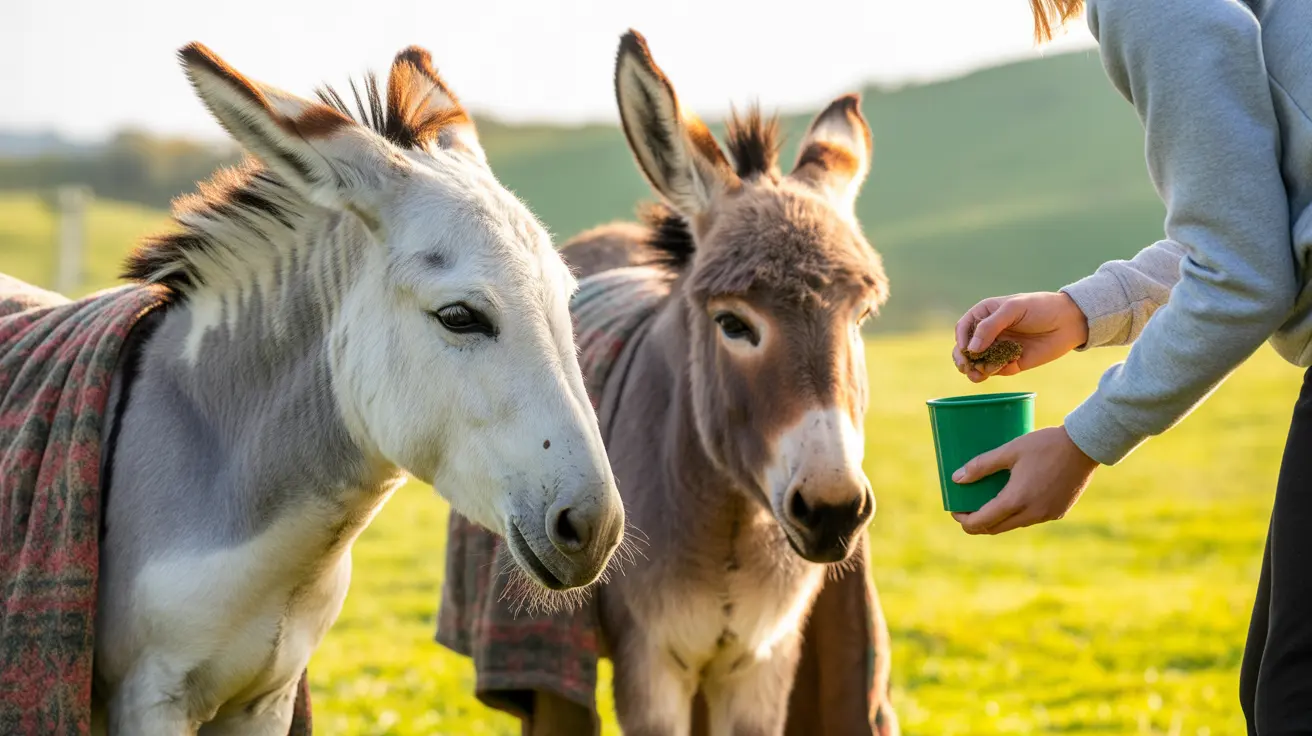Is Soft Cat Food Better for Cats? A Comprehensive Guide
When choosing the right diet for a feline companion, many pet owners wonder if **soft cat food**—also known as wet or canned food—is a better option than dry food. While the answer isn't black and white, **understanding the benefits and drawbacks** of soft cat food can help you make an informed decision tailored to your cat’s specific needs.
Benefits of Soft Cat Food
- Higher Moisture Content: One of the most significant advantages of soft cat food is its high water content. Cats are naturally poor drinkers and often don’t consume enough water. Wet food can help keep them hydrated, promoting kidney and urinary tract health.
- More Palatable: The texture and smell of soft food are usually more appealing to cats, especially picky eaters, kittens, and senior cats.
- Easier to Chew: For older cats or those with dental issues, the soft texture requires less effort to eat, providing essential nutrients without discomfort.
Downsides of Soft Cat Food
- Shorter Shelf Life: Once opened, soft cat food must be consumed quickly or refrigerated. Leftovers can spoil, leading to potential health risks.
- Cost: Soft food is typically more expensive per serving than dry kibble, which may be a consideration for pet owners on a budget.
- Dental Health: Unlike dry food, which can help scrape away plaque, wet food doesn't provide dental abrasion and may contribute to dental issues if not managed with brushing or dental treats.
When Soft Food May Be the Better Choice
- Seniors and Dental Issues: Older cats often benefit from soft food because it's easier to eat and digest.
- Kidney and Urinary Health: Cats with kidney disease or urinary issues benefit from the extra moisture in wet food.
- Recovery and Illness: Soft food can be more appealing to sick or recovering cats that may have a reduced appetite.
Balanced Diet Considerations
It’s crucial to understand that not all soft cat food is nutritionally complete. Look for products labeled as "complete and balanced" to ensure your feline friend receives the proper nutrients.
Mixing Wet and Dry Food
Many veterinarians recommend a mixed diet, offering the hydration benefits of wet food combined with the dental advantages of dry food. Mixing both types can provide variety and keep your cat engaged at mealtimes.
How to Transition a Cat to Soft Food
If you're switching from dry to wet food, make the transition gradual:
- Start by mixing a small portion of soft food with dry kibble.
- Gradually increase the wet food ratio over 7–10 days.
- Monitor your cat's stool and appetite to ensure proper digestion.
Final Thoughts
There is no one-size-fits-all answer to whether soft cat food is better. The right choice depends on your cat’s age, health condition, dietary needs, and preferences. Always consult your veterinarian before making significant dietary changes.
Soft cat food plays an important role in **supporting hydration, improving palatability**, and meeting certain medical or dental needs. By evaluating your individual cat’s situation, you can make the best dietary choices to support their long-term health and well-being.





